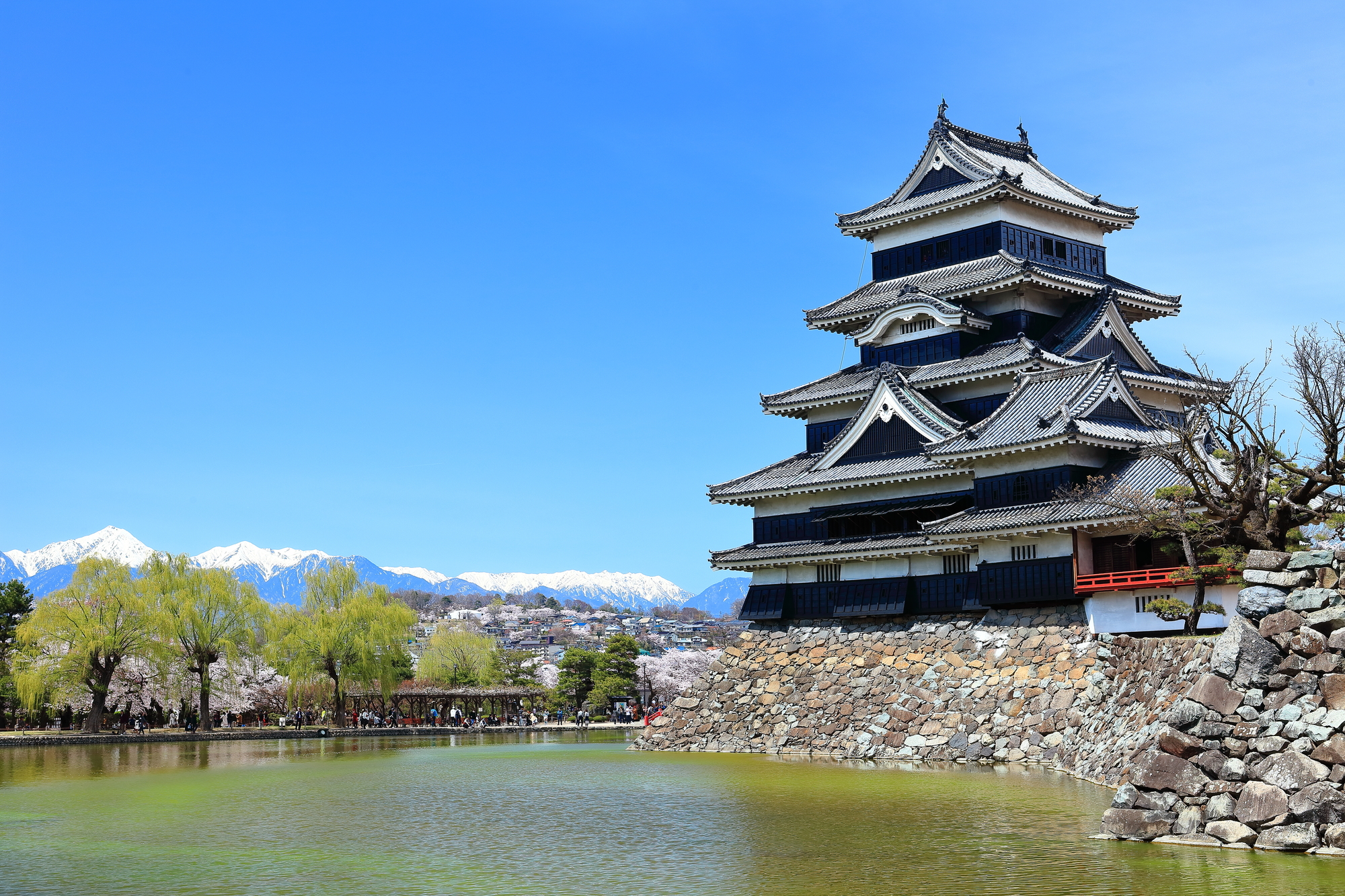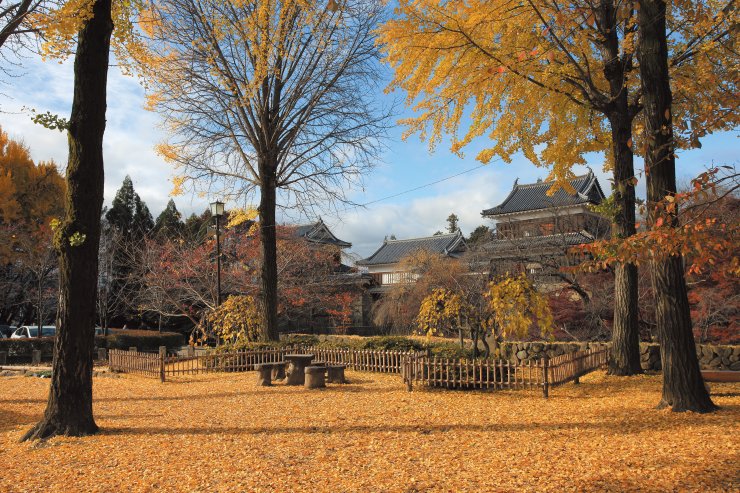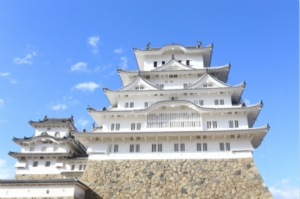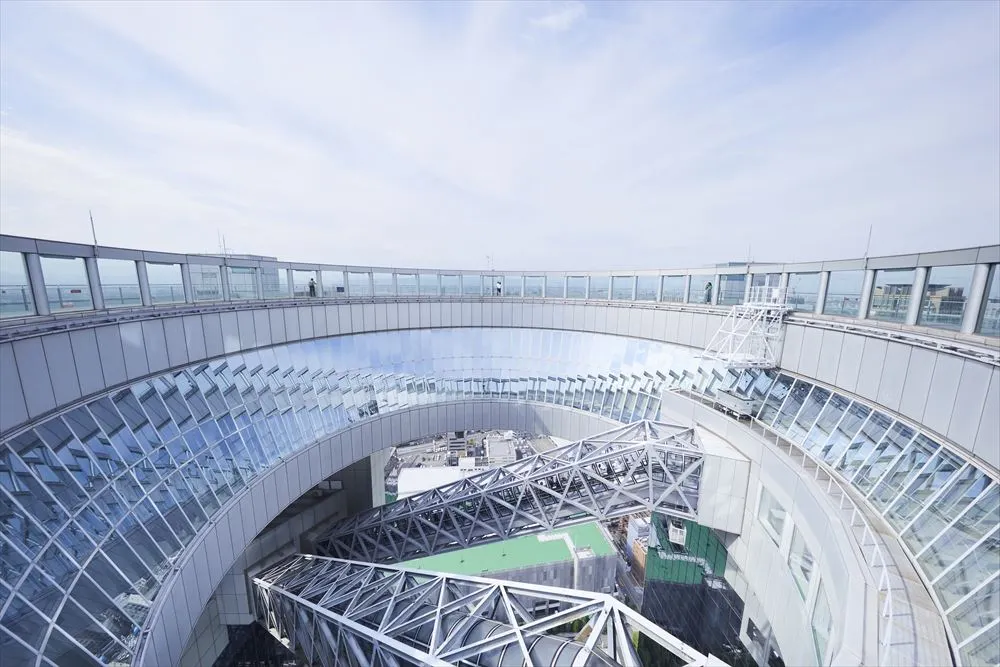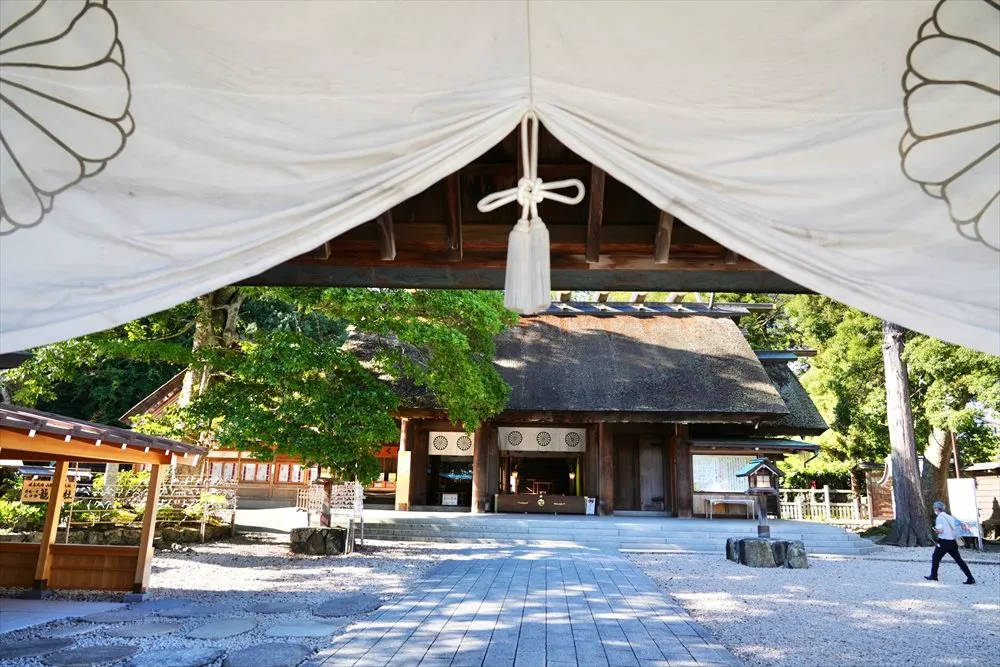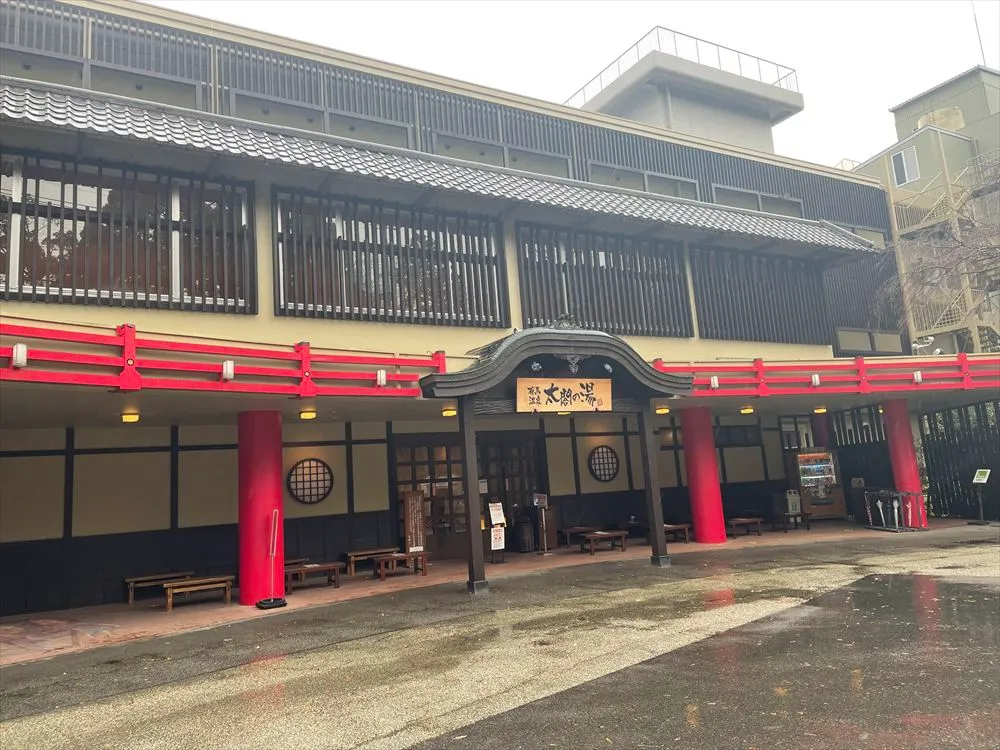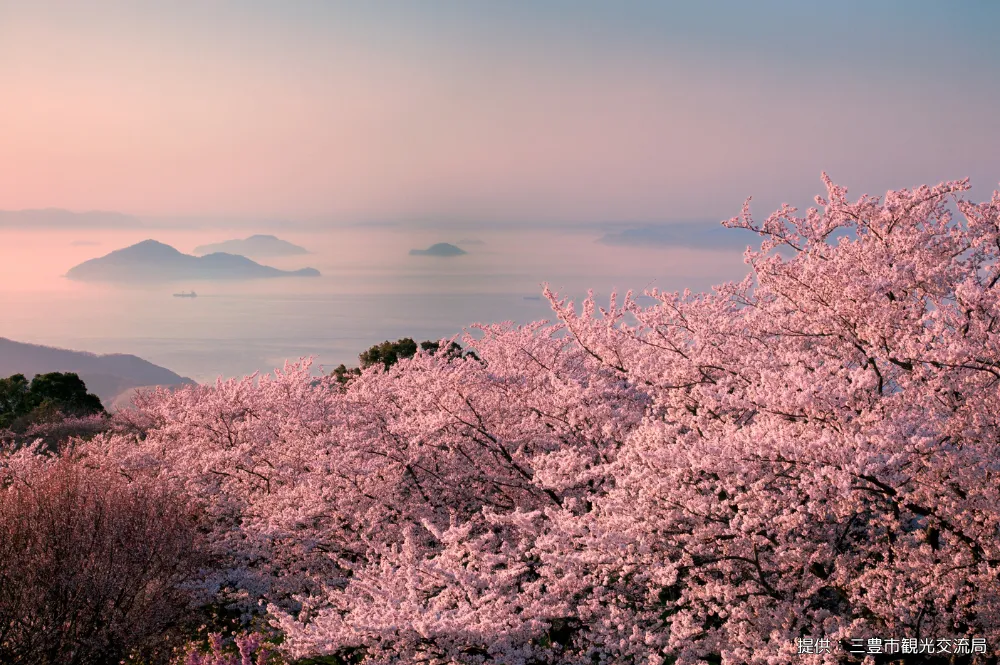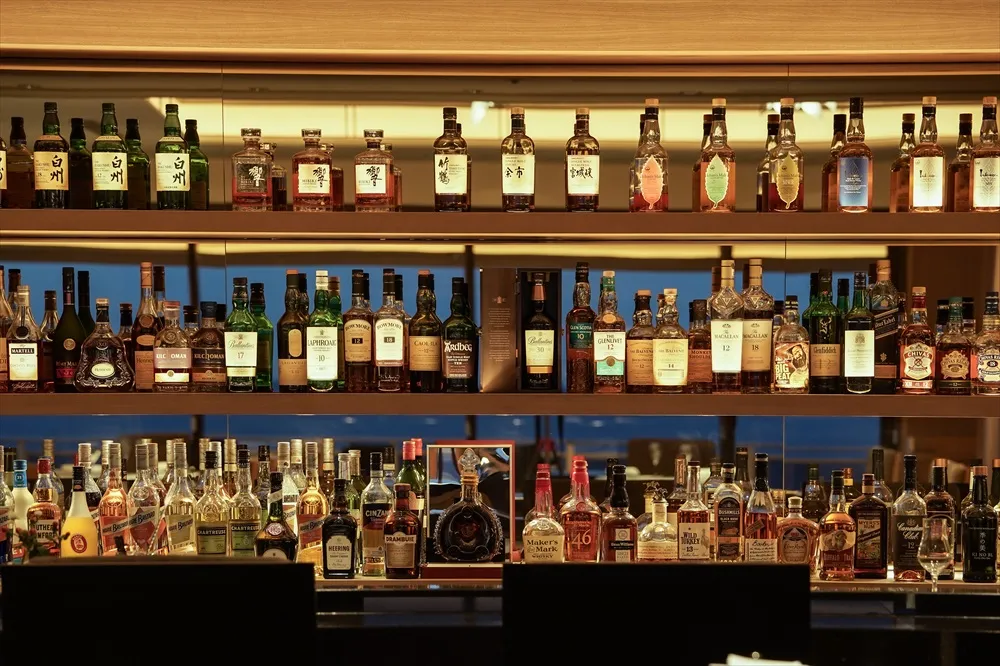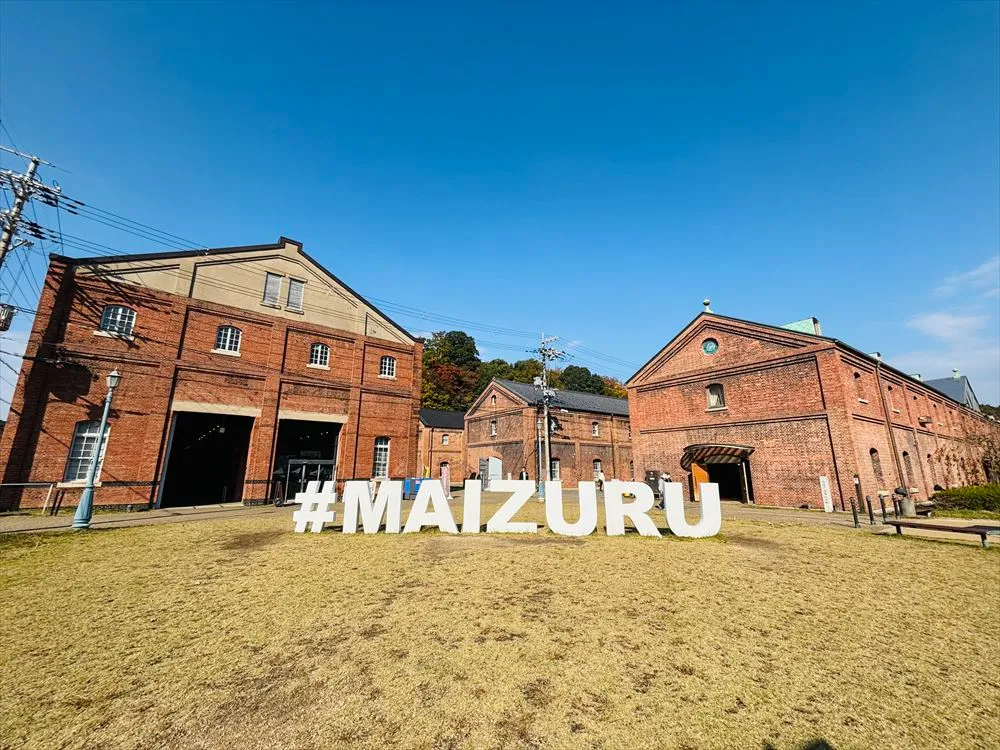Takeda Castle Ruins, located in Asago City, Hyogo Prefecture, is one of Japan’s most famous mountain castles. Known as the “Castle in the Sky” and “Japan’s Machu Picchu,” it stands at an elevation of 353.7 meters. The site is renowned for its well-preserved stone walls dating back to the Sengoku period (16th century), making it one of Japan’s most valuable historic landmarks. This article highlights the charm of Takeda Castle Ruins, the breathtaking sea of clouds that enhances its beauty, and detailed access information.
Takeda Castle Ruins: The "Castle in the Sky" with Awe-Inspiring Views
The Castle in the Sky and the Scenic Viewpoint, “Ritsuunkyo”
The highlight of Takeda Castle Ruins is its ethereal appearance floating above a sea of clouds. This breathtaking sight is most common in the early mornings from autumn to winter, when dense fog blankets the surrounding valleys, making the ruins appear as if they are suspended in the sky. The best time to visit is from late September to late November, especially on calm days in October and November. The sea of clouds is most likely to appear between sunrise and 8AM.
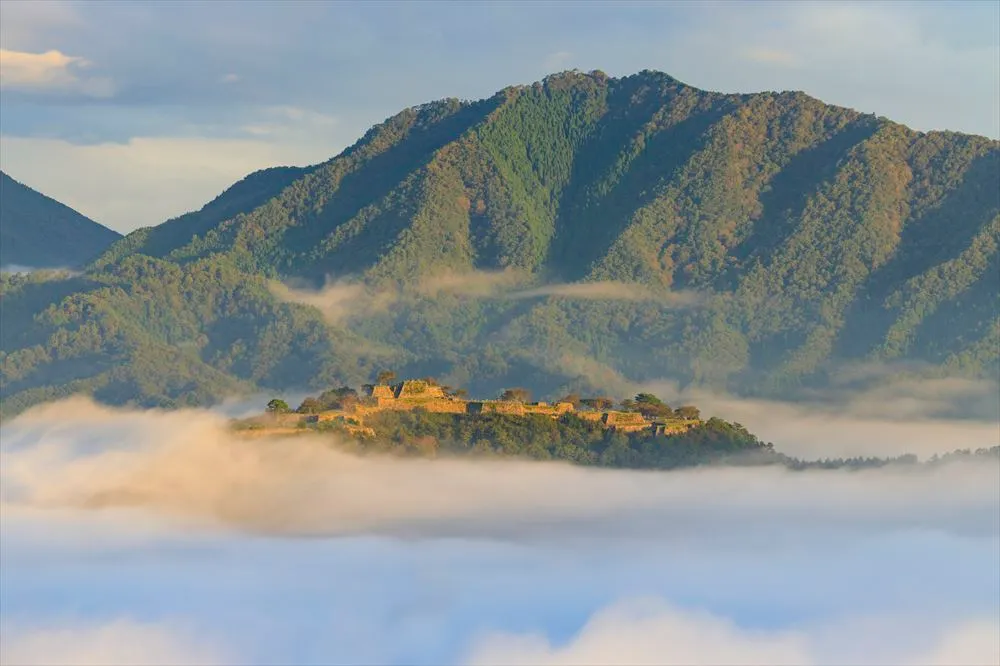 For the best view of the castle amidst the clouds, head to Ritsuunkyo, a natural park located on the slopes of Mt. Asago. A dedicated parking area leads to three observation decks accessible on foot.
For the best view of the castle amidst the clouds, head to Ritsuunkyo, a natural park located on the slopes of Mt. Asago. A dedicated parking area leads to three observation decks accessible on foot.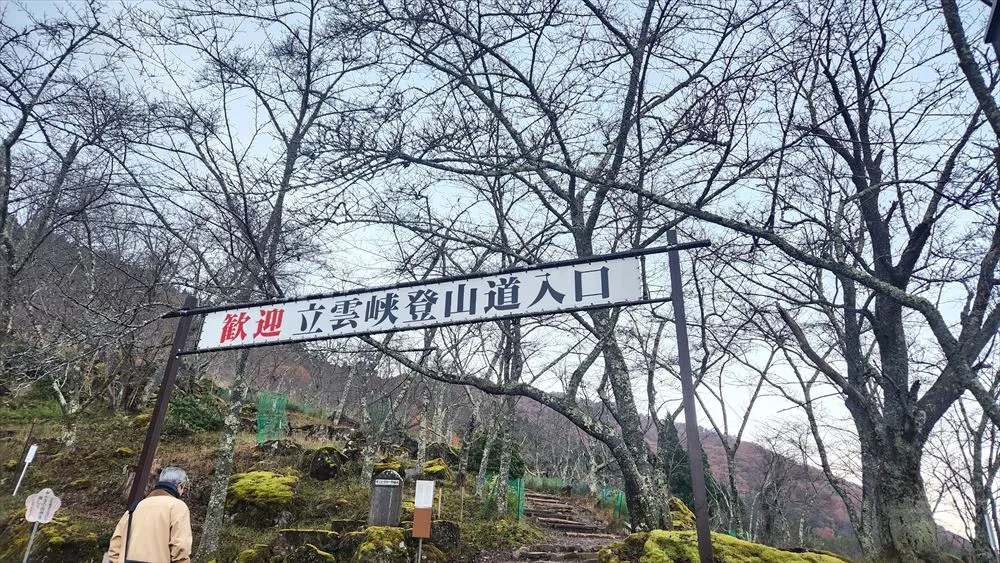 The first observation deck offers the best view of Takeda Castle Ruins, and reaching it is an invigorating 40-minute hike. For a shorter walk, the second observation deck, just a 20-minute walk from the parking lot, also provides a clear view of the castle’s stone walls. Be sure to wear comfortable walking shoes and dress warmly to enjoy your visit!
The first observation deck offers the best view of Takeda Castle Ruins, and reaching it is an invigorating 40-minute hike. For a shorter walk, the second observation deck, just a 20-minute walk from the parking lot, also provides a clear view of the castle’s stone walls. Be sure to wear comfortable walking shoes and dress warmly to enjoy your visit!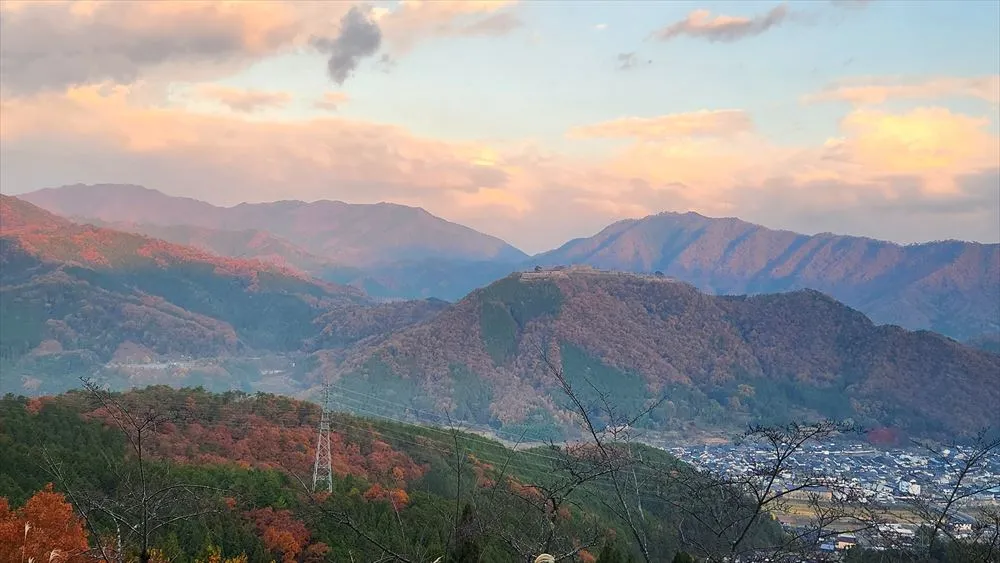
| URL | https://www.city.asago.hyogo.jp/site/takeda/ |
The History of Takeda Castle
Takeda Castle is said to have been built around 1443 by Yamana Sozen, a regional lord, who entrusted its construction to the Otagaki clan. The Otagaki family governed the castle for generations until 1580, when it fell to Toyotomi Hideyoshi’s forces. In 1585, Hideyoshi’s vassal Akamatsu Hirohide took over and made significant renovations. The stone walls you see today are believed to date from this period.
The castle was abandoned in 1600 following Hirohide’s defeat and ritual suicide (seppuku) after the Battle of Sekigahara. In 1943, the ruins were designated a National Historic Site.
Admiring the Stone Walls
Exploring Takeda Castle Ruins takes at least 30 minutes, but you can spend over an hour soaking in the serene atmosphere. The paths are steep and uneven, so take your time as you admire the impressive stone walls and the surrounding tranquil landscapes.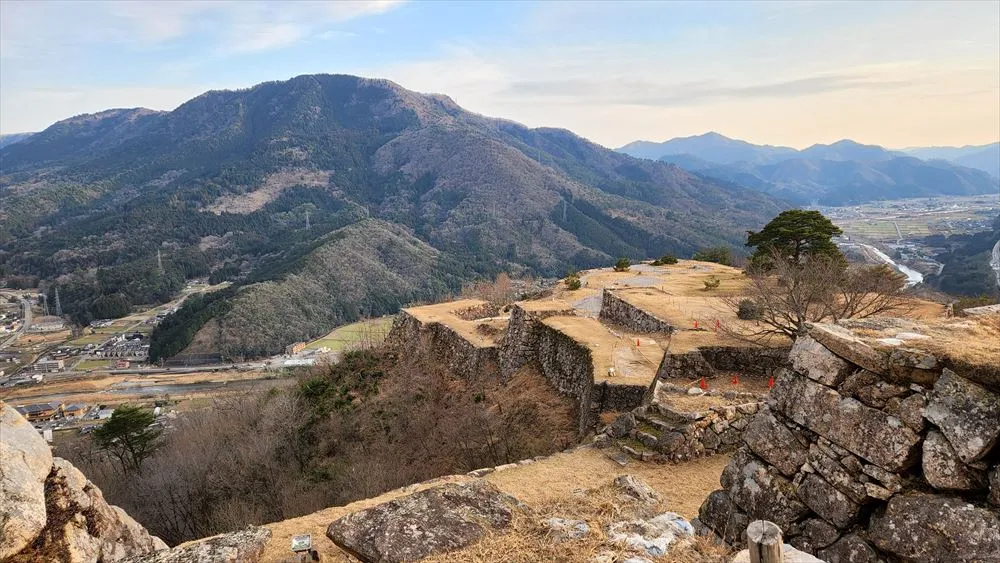 The castle’s stone walls are constructed using a technique called “Nozura-zumi,” where natural stones of varying sizes are stacked with minimal gaps. At the corners, a different method known as “Sangi-zumi” can be observed.
The castle’s stone walls are constructed using a technique called “Nozura-zumi,” where natural stones of varying sizes are stacked with minimal gaps. At the corners, a different method known as “Sangi-zumi” can be observed.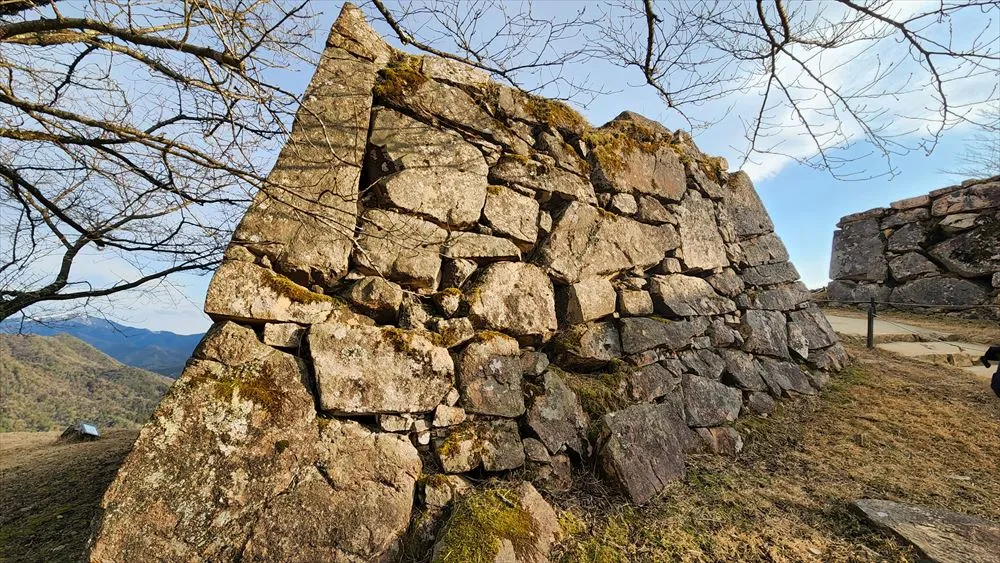
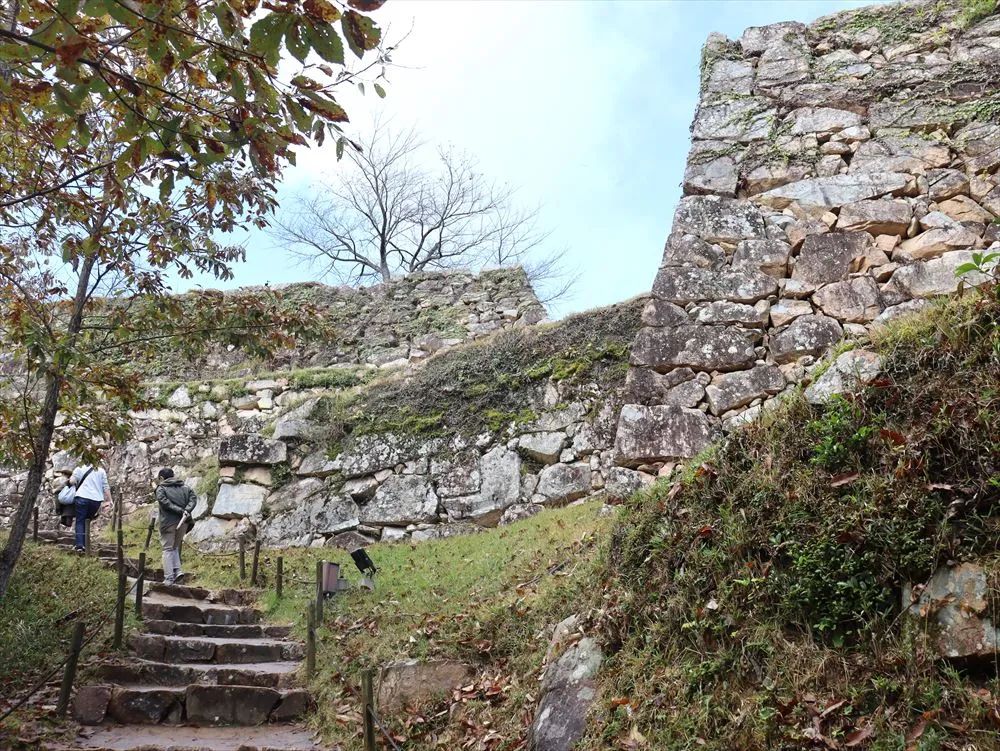 Within the castle ruins, structures designed to prevent enemy intrusions are strategically placed throughout. As you move south through the site, while viewing the stone wall ruins, you’ll reach the main keep (Honmaru), the castle’s highest point. From here, the sturdy stone walls towering over the slopes and the panoramic views of the surrounding area are awe-inspiring.
Within the castle ruins, structures designed to prevent enemy intrusions are strategically placed throughout. As you move south through the site, while viewing the stone wall ruins, you’ll reach the main keep (Honmaru), the castle’s highest point. From here, the sturdy stone walls towering over the slopes and the panoramic views of the surrounding area are awe-inspiring. To the south lies Minami-Senjo, the castle’s largest bailey. Near the entrance, a massive, glossy stone, known as a “kagami ishi” (mirror stone), is embedded in the stone wall. This large boulder is believed to have served as a psychological deterrent to enemies and a symbol of the lord’s authority. Nearby, a heart-shaped stone has become a popular “power spot” for visitors.
To the south lies Minami-Senjo, the castle’s largest bailey. Near the entrance, a massive, glossy stone, known as a “kagami ishi” (mirror stone), is embedded in the stone wall. This large boulder is believed to have served as a psychological deterrent to enemies and a symbol of the lord’s authority. Nearby, a heart-shaped stone has become a popular “power spot” for visitors.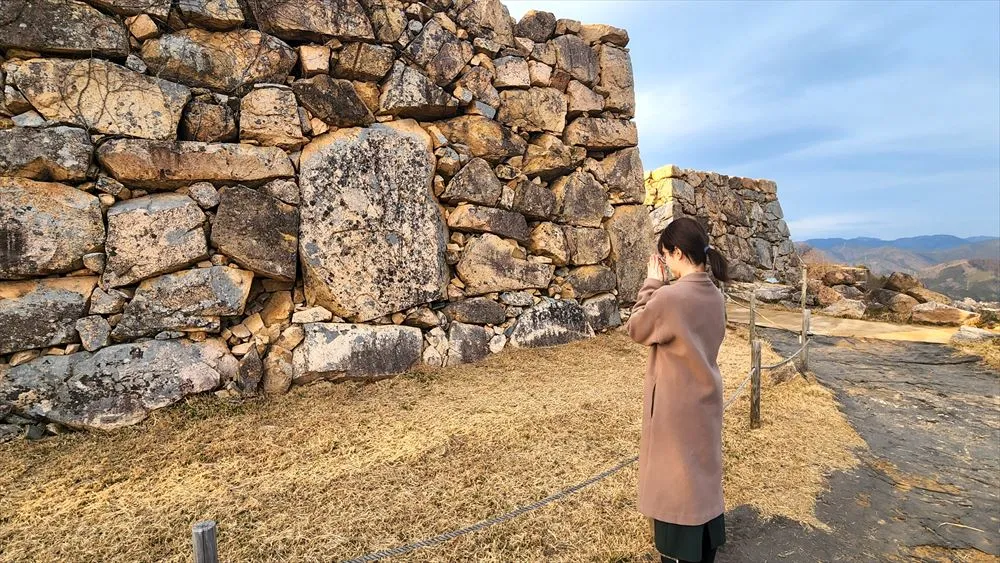 Other vewing points include Ninomaru, located north of the main keep, which features benches where you can take a break and enjoy the view. These benches were even featured in the movie “Anata e,” where a famous actor Takakura Ken sat.
Other vewing points include Ninomaru, located north of the main keep, which features benches where you can take a break and enjoy the view. These benches were even featured in the movie “Anata e,” where a famous actor Takakura Ken sat.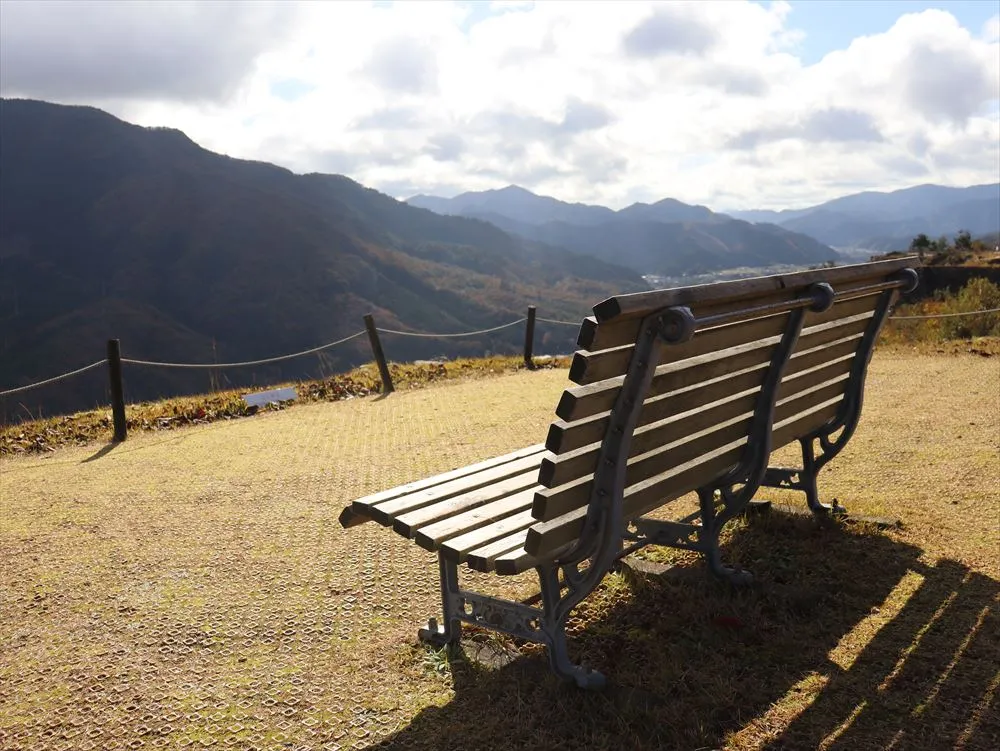 To the east, you can see the castle town below, including the JR Bantan Line tracks, Takeda Station, and the former Tajima Kaido road running parallel to them. You might imagine the castle’s samurai once watching over the same view.
To the east, you can see the castle town below, including the JR Bantan Line tracks, Takeda Station, and the former Tajima Kaido road running parallel to them. You might imagine the castle’s samurai once watching over the same view.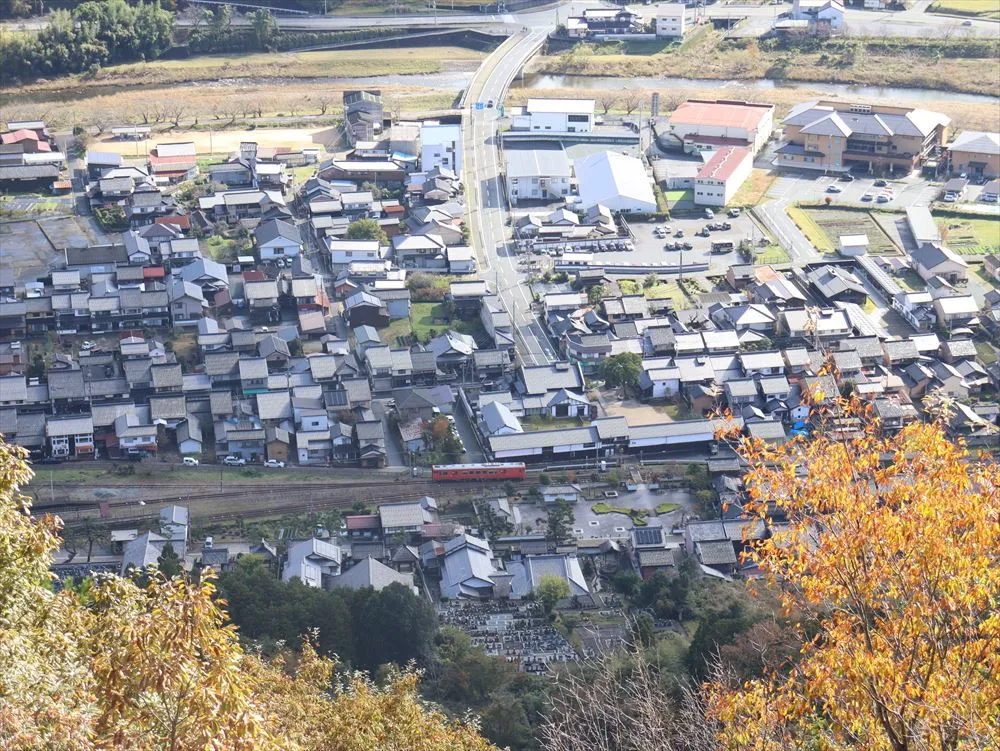
Getting to Takeda Castle Ruins
On Foot:
From JR Takeda Station, you can reach the ruins via several routes. Comfortable walking shoes are essential!
-Hyomai Shrine mountain trail: About 40 minutes to the castle entrance; relatively easy to navigate.
-Ekiura mountain trail: About 40 minutes to the entrance, but steeper and more challenging.
By Taxi:
JR Takeda Sta. → 20 minutes by taxi → the mid-mountain drop-off point → 20 min walk
By Tenku Bus:
JR Takeda Sta. → 20 min by Tenku Bus → the mid-mountain parking area → 15min walk
(*Note: The bus does not operate from December to February.
For details:https://www.zentanbus.co.jp/local_bus/tenkubus/
By Car:
-JR Takeda Sta. → 10 min by car → Parking lot of “Yamajiro no Sato” → 40 min walk (hike)
-JR Takeda Sta. → 10 min by car → Parking lot of “Yamajiro no Sato” → 10 min by Tenku Bus → the mid-mountain parking area → 15min walk
At Yamajiro no Sato, you’ll find a restaurant serving local dishes like Tajima beef and a shop selling souvenirs. Be sure to use the restroom and stock up on drinks here, as there are no facilities at the castle site.

Nearby Attractions
There are plenty of other spots around Takeda Castle Ruins that you can enjoy alongside the castle itself.
Ritsuunkyo
A stunning viewpoint offering a panoramic view of Takeda Castle Ruins from the outside. During the sea of clouds season, it attracts many visitors. It is also famous for cherry blossoms, with a cherry blossom festival held annually from late March to mid-April.
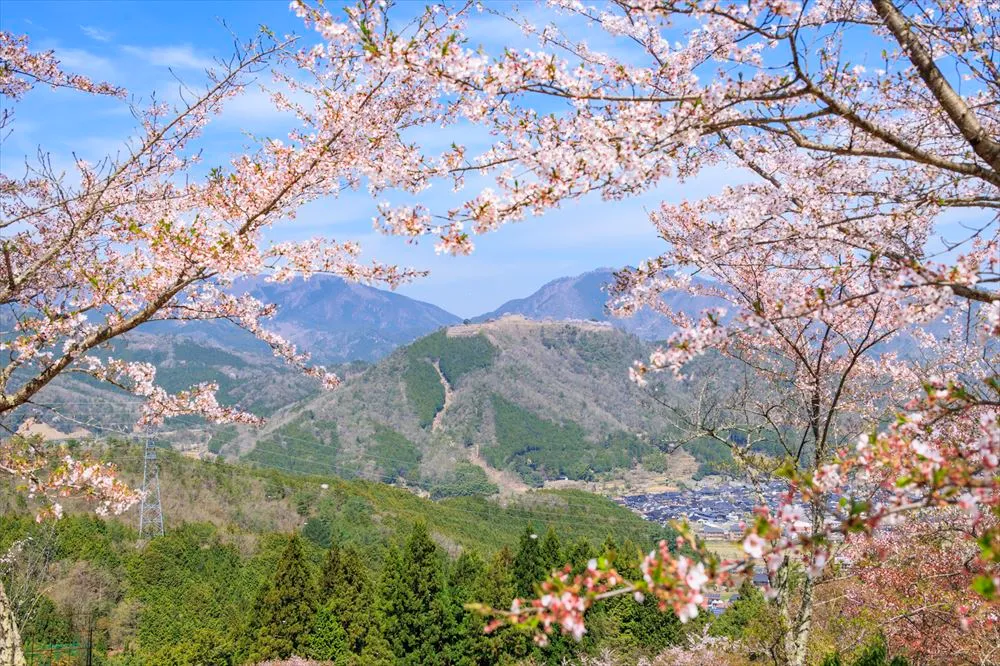
Takeda Castle Town Hotel EN
A renovated accommodation facility housed in an old sake brewery. The guest rooms are spread across traditional Japanese houses in the surrounding area, allowing guests to fully experience the atmosphere of the castle town.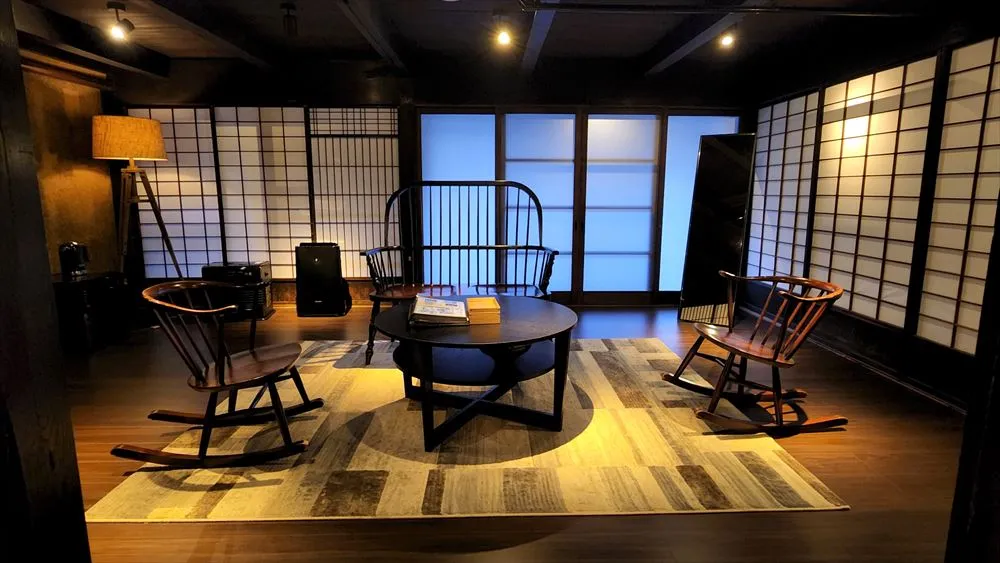
Ikuno Silver Mine
A historic mine that operated for centuries until its closure in 1973. Visitors can explore a 1,000-meter-long tunnel.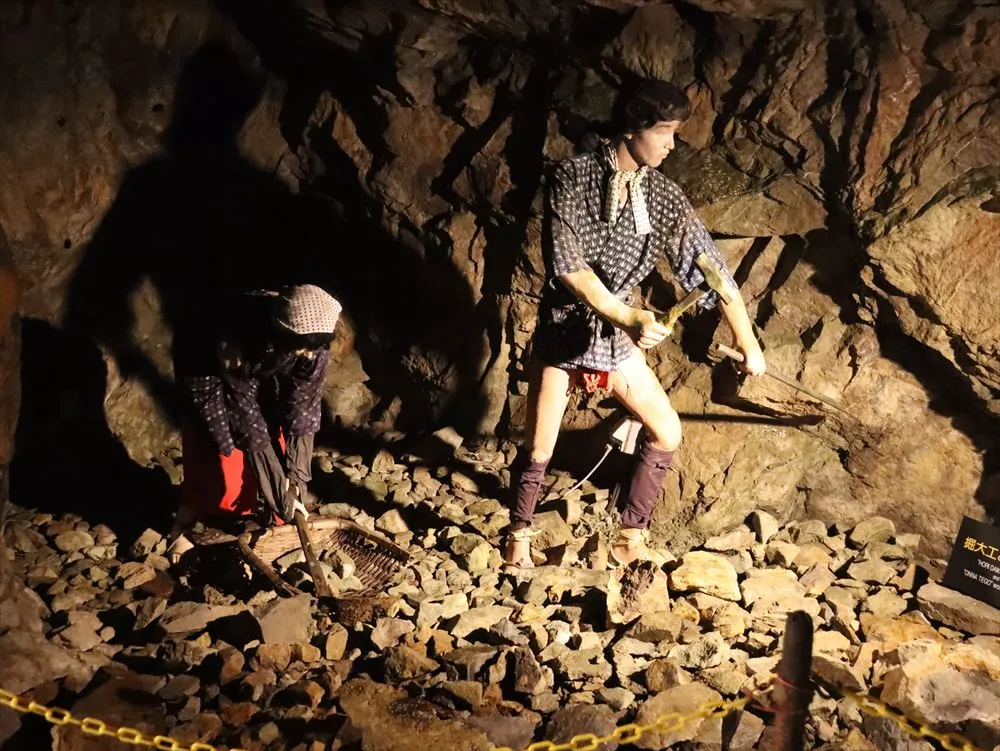
Visitor Information
Admission Fee:
Adult (High School and above): ¥500
Child (Middle School and below): Free
Opening Hours:
March–May 8:00–18:00 (last entry at 17:30)
June–Mid-September 6:00–18:00 (last entry at 17:30)
Mid-September–Early December (the sea of clouds season) 5:00–17:00 (last entry at 16:30)
Early December–January 3 10:00–15:00 (last entry at 14:30)
(Closed from January 4–February for winter.)
| URL | https://www.city.asago.hyogo.jp/site/takeda/ |
